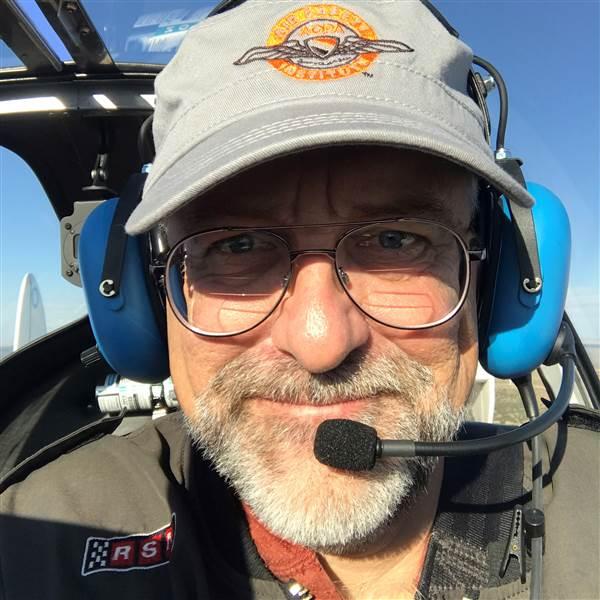Training and Safety Tip: Trouble for no good reason
Despite years of concerted effort to raise awareness, general aviation pilots keep violating temporary flight restrictions (TFRs). The question is, why?

For example, last autumn, a fully armed U.S. Air Force F–16 released 10 flares and executed three aggressive “headbutt” maneuvers trying to get the attention of a wayward Cessna Skylane pilot who busted a presidential TFR over California.
I’m guessing the pilot wasn’t performing the best of external scans.
Clearly, the pilot (and quite a number of other GA pilots over the last few years) didn’t bother to check for TFRs before the flight because the only way to bust a TFR is not to know it’s there.
And that is foolish because checking is easy. Active and upcoming TFRs can be viewed on most flight planning aviation apps. Just make sure that the relevant layer is activated and leave that on—all the time. But don’t stop there. The FAA maintains a graphic TFR map online that’s quick to check before departure. Also, AOPA sends out email alerts to members in areas affected by upcoming presidential TFRs. Of course, if you get a weather briefing, flight service will give you the scoop on any relevant TFRs.
Don’t rely on just one of these options. Most importantly, get into the habit of checking for TFRs, without exception, as part of your preflight workflow. Actually, don’t stop at preflight. While in flight for any period of time, recheck for TFRs, and be sure to monitor the emergency frequency (121.5 MHz) anytime you are in flight because if—despite your best due diligence—you somehow violate a presidential TFR, this is the frequency those intercepting jets will try to contact you on.
I bet the pilot of that Skylane wished he or she had done that. But at least the pilot lived to wish that because consider this: What if there had been a suspected terrorist attack a scant few minutes before that airplane accidentally busted the TFR? Do you think the interceptor pilot would have used flares?
Or would the fighter pilot’s finger have been on a different button?



